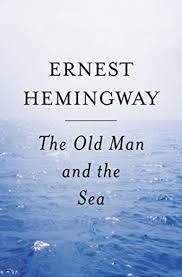Catch-22, whether the original book, the movie or the recent Hulu series, is a satire of Army Aviation in World War II. The author, Joseph Heller, was a bombardier in B-25 Mitchell Bombers flying missions in southern Europe.
When I defended the book in a facebook discussion, my friend Joe Steed mentioned that his father, Bernie Steed, flew B-25 Bombers and on a few missions had a bombardier named Joseph Heller. The led to writing about Bernie Steed's service in the 488th Bombardment Squadron. Joe told me that Bernie had no idea that Heller wrote a book. Bernie read a few chapters and decided the book was not for him.
Bernie Steed receiving the Distinguished Flying Cross
I just did the same with David Abrams book "Fobbit." It turns out I can read and enjoy a satire of a war before I was born, but I did not like reading a satire of a war I was in. I should have known. When I visited the Bastogne War Memorial there was an M4 Sherman Tank outside the museum painted by an anti-war group. I had also seen Soviet tanks painted with peace signs. 'That's okay,' I remember thinking, 'But I don't want to see an M60A1 Patton tank painted with that shit.' It's okay to deface other tanks, not my tank.
My tank: Bad Bitch, Fort Carson CO, 1976
So Bernie and I agree after all. Satirize another war, not my war.


















